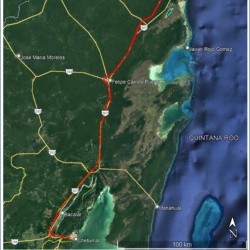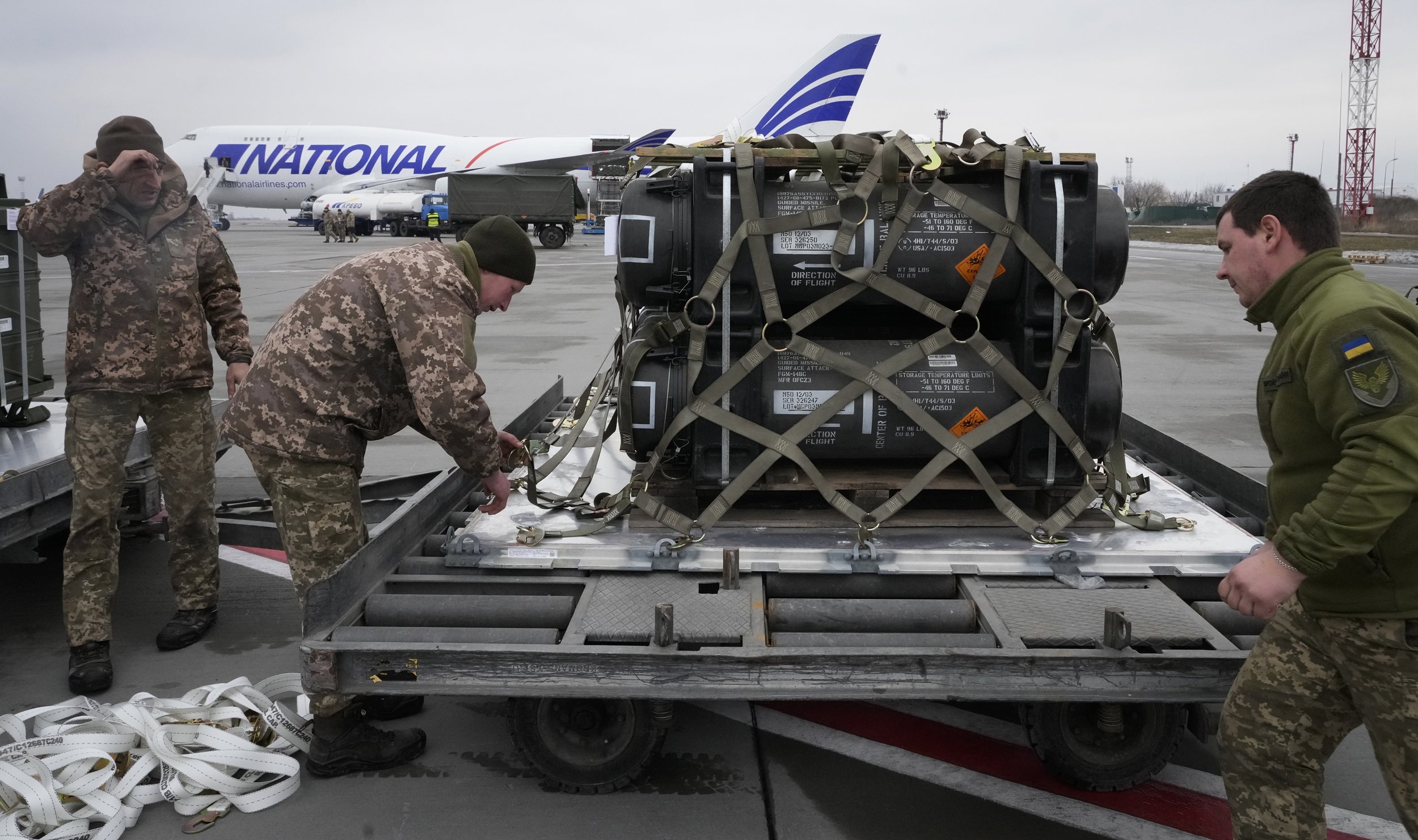Cancún, QRoo.- The National Fund for the Promotion of Tourism calculates that sections 6 and 7 of the Mayan Train will have an expected cost of 124,286 million pesos together.
This is established by the respective environmental impact statements (MIA) of both projects that have already been submitted for evaluation before the Ministry of Environment and Natural Resources.
Section 6 will have an investment of 70.173 million pesos, while for section 7 the figure is 54.093 million.
At the end of June, the cost reported by the Ministry of Finance and Public Credit of the entire project amounts to 167,341 million pesos. In other words, the expected cost for these two sections represents 74.2% of what has been invested in the project so far.
In addition, these are the two sections with the highest costs of the seven that make up the 1,500 kilometers of the entire project, since the work contract for section 1 was signed for an amount of 15,538 million pesos; section 2, for 18,532 million; 3, for 10,192 million, and 4 for, 29,985 million.
In addition to this, section 5 south had been assigned to Mexico Group for an amount of 17,815 million pesos, but approximately two weeks ago, that contract was terminated to be taken up by Sedena; On the other hand, for section 5 north, the planned investment is 28,101 million pesos, as stated in the MIA for said section.
Rights of way and area to impact
As for other specifications, the documents submitted to Semarnat establish that section 6 has a length of 250.8 kilometers between the cities of Tulum and Chetumal, which implies that the area affected by the jungle by right of way and works will be 1,582.13 hectares, of which 1,459.05 are considered as forest land for land use change (CUSTF), that is, 92.22% of the total project.
It will have a double track, suitable for mixed traffic (passengers and cargo), with a maximum design speed of 160 km/h for passenger trains and a minimum of 85 km/h for freight trains.
The main components considered in the project to be evaluated by Semarnat are: hybrid biodiesel locomotive in accordance with the California environmental standard, Diesel-electric train; three stations: Felipe Carrillo Puerto, Bacalar and Chetumal; whereabouts: Tulum and Limones; five slopes; maintenance base in Felipe Carrillo Puerto and garages in Tulum; workshops and garages in Chetumal, 56 vehicular crossings, wildlife crossings and drainage works.
On the other hand, section 7 will be 255.3 kilometers long between Bacalar, Quintana Roo and Escárcega, Campeche, with the continuity of the double lane for mixed cargo traffic that section 6 has.
Four stations are also planned: in Nicolás Bravo, Xpujil, Conhuas and Centenario, it will also have complementary works such as a maintenance base in Xpujil, vehicular crossings, fauna crossings, drainage works, among others.
“The surface of the project that is considered as an affected area corresponds to 1,163.65 hectares,” reads the MIA.








